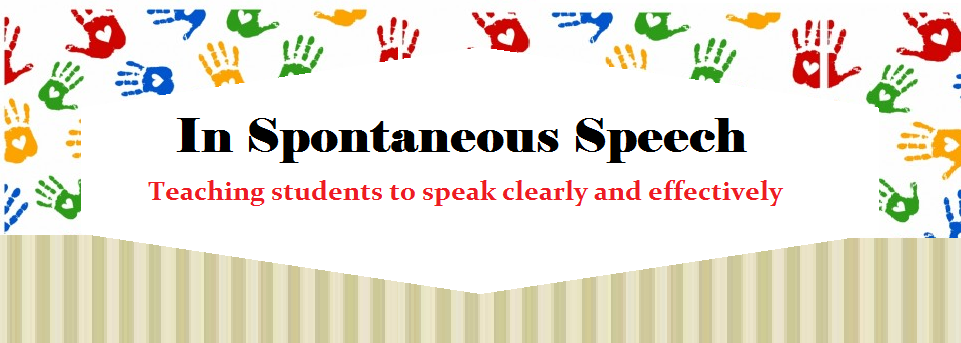I don’t know about you but I’ve found that the concept of left and right can be one of the most difficult for students to grasp. Because of this I am always on the look out for ways to incorporate it into my activities. I am going to showcase a few games I have used during therapy sessions to reinforce the concept plus add little incentive for the other goals we may be working on. The students don’t realize it but my games are often selected for a dual purpose.
First off I usually show my students how to tell their left from their right . When they place their hands palm sides down, their left had will form the letter L which stand for Left. Easy Peasy Classroom has a nice set of posters to illustrate this. Click on the picture and it will take you there.
I recently found the game called Left, Right, Center. It is less than $7.00 at stores such as Wal-Mart, which is a reasonable price for my budget. It is also small for carrying in my therapy bag. It is a dice game that is a nice incentive game because turns are quick and it is more of a game of luck than skill. This means that any of my students can be successful regardless of abilities. It also gives multiple opportunities to figure left from right.
It is a dice game that is a nice incentive game because turns are quick and it is more of a game of luck than skill. This means that any of my students can be successful regardless of abilities. It also gives multiple opportunities to figure left from right.
The game consists of chips and a set of dice with the letters L, C, R or a black dot. Everyone starts with 3 chips. Players roll the number of dice that corresponds to the number of chips they have. They pass the chips according to the roll on the dice. L means a chip to the person on the left. R means a chip to the person on the right. C means a chip to the center of the table and a black dot means you keep a chip. Eventually there will be only one person left with chips and they get to claim the center. Then the game is over.
I have also used the game of Block Head. It is a game that has been out for a number of years, so you may have it. You could use regular blocks but you would not have the crazy shapes then. I adapted it for left and right practice by adding a spinner. The spinner is part of a set of spinners that are a free download at my TPT store. just click on the picture.![]()
Block Head is a basic game of taking turns stacking different size blocks until someone knocks the block tower over. 

Students practice left and right by spinning the spinner and then using the hand designated by the spinner. Students can develop an awareness of which hand feels more comfortable to them and use that to figure out which hand is which.
There is also a game I made up for my kindergarten concept groups called Skip and Pass. It is in the vocabulary section of this blog or you can click on the green lettering. A small group of students form a circle and each child has a black or white shape in front of them. I make die cut shapes. Students take turns throwing a large dice in the middle of the circle. The die indicates if students pass a ball or bean bag left or right around the circle and who is skipped according to the shape in front of them. It is a good game to teach group participation as well as several concepts including left and right. The pattern for the dice is included in the instructions.
I hope you found these options useful. I am taking part in a linking party for special ed. blogs so check out some of these other sites. We love your comments. It keeps us writing.











